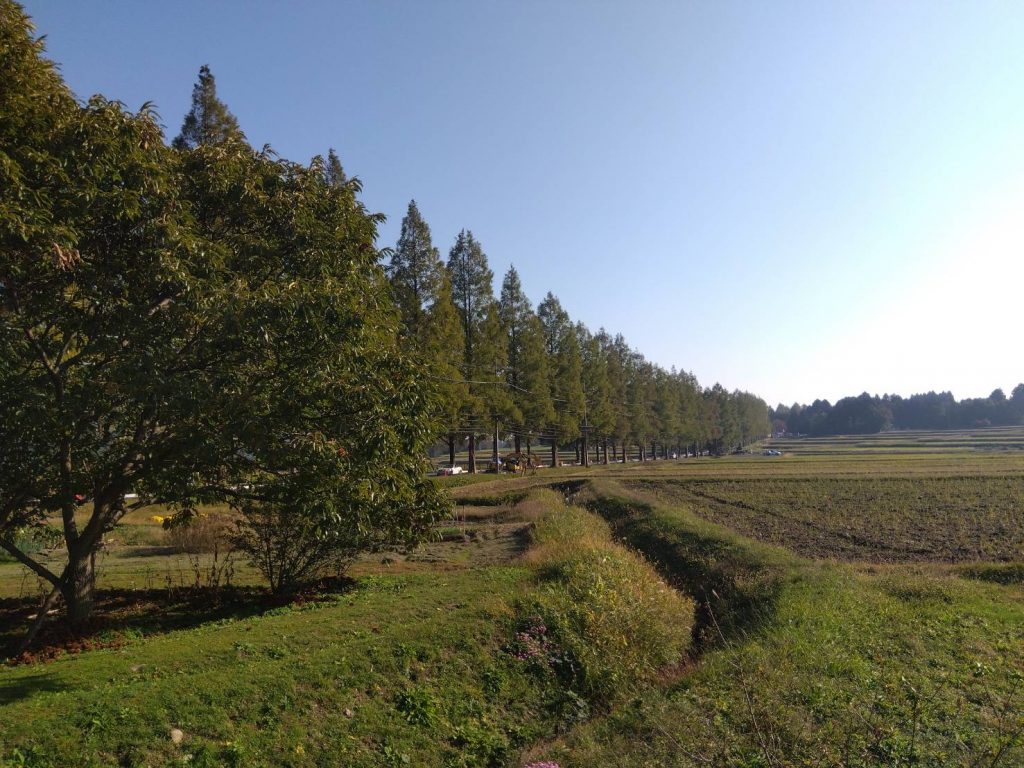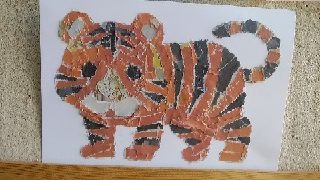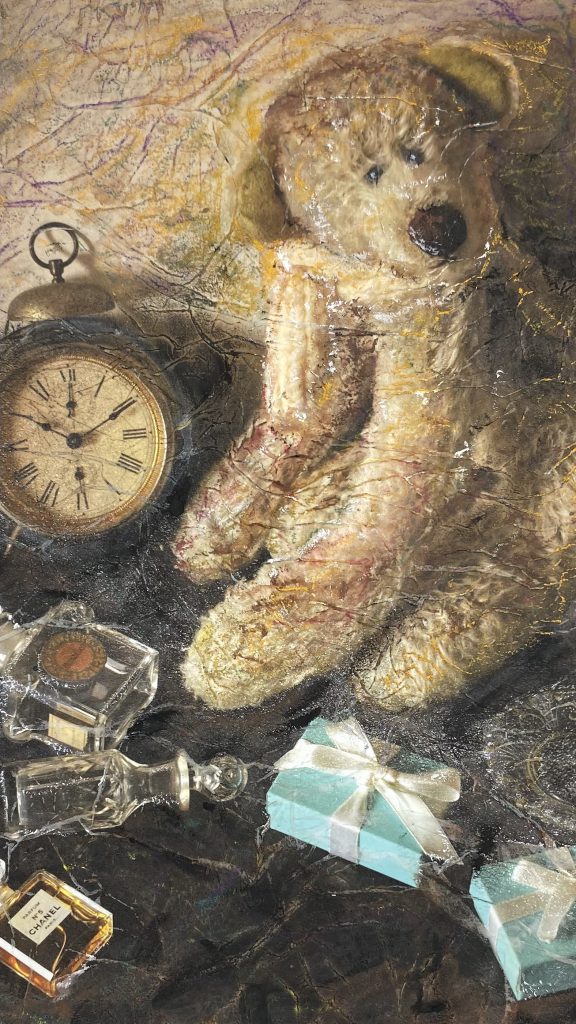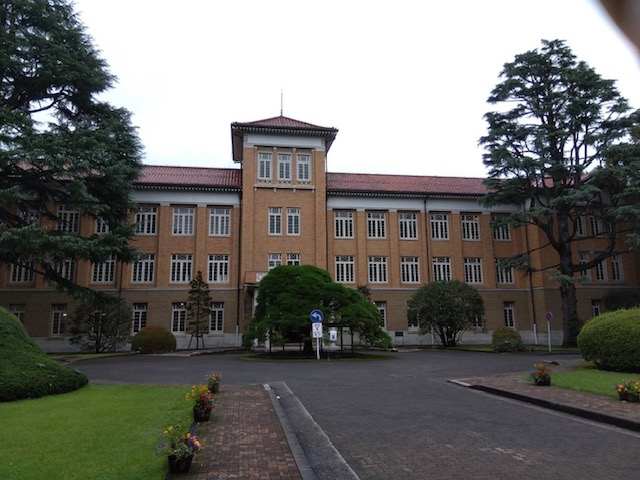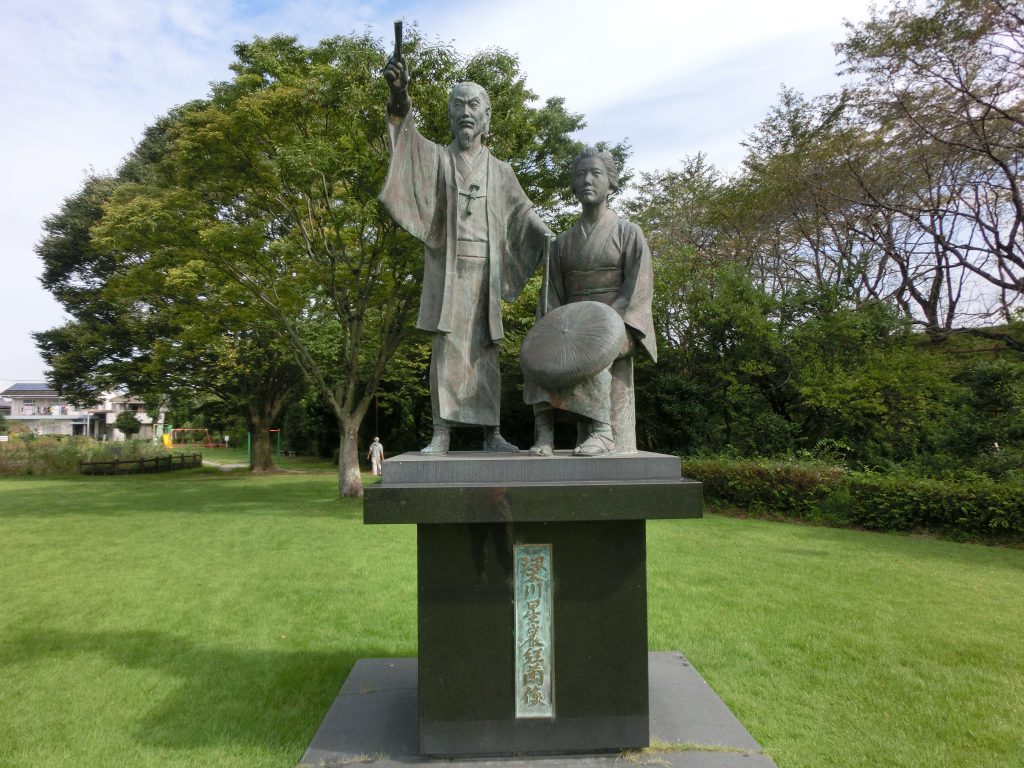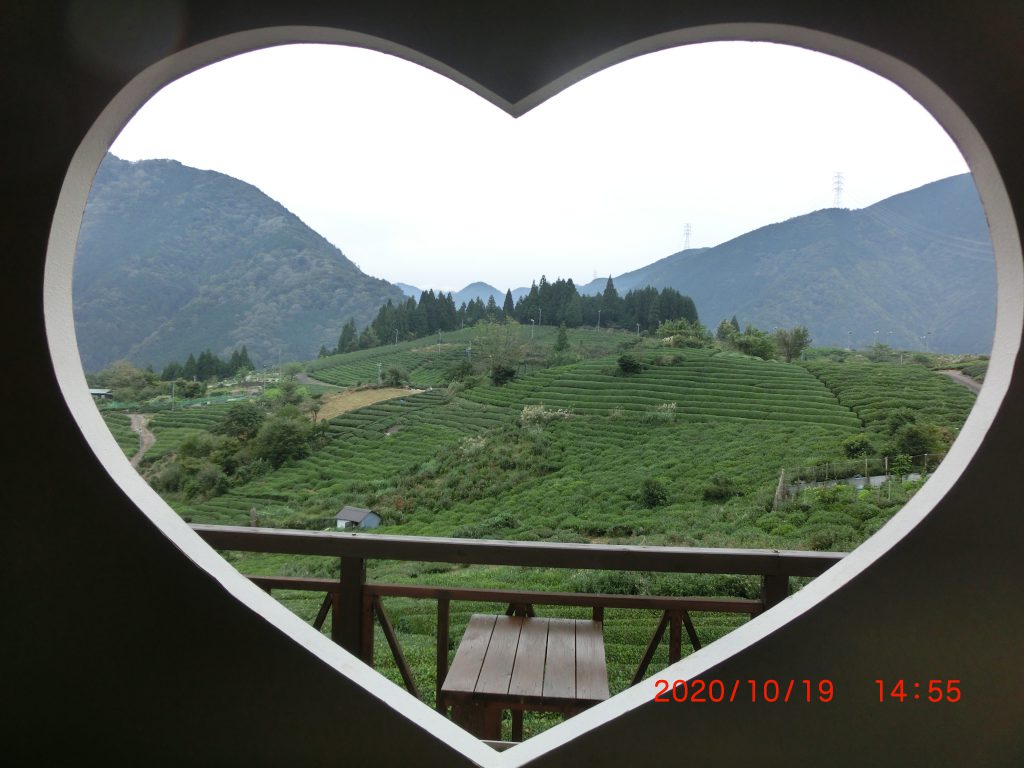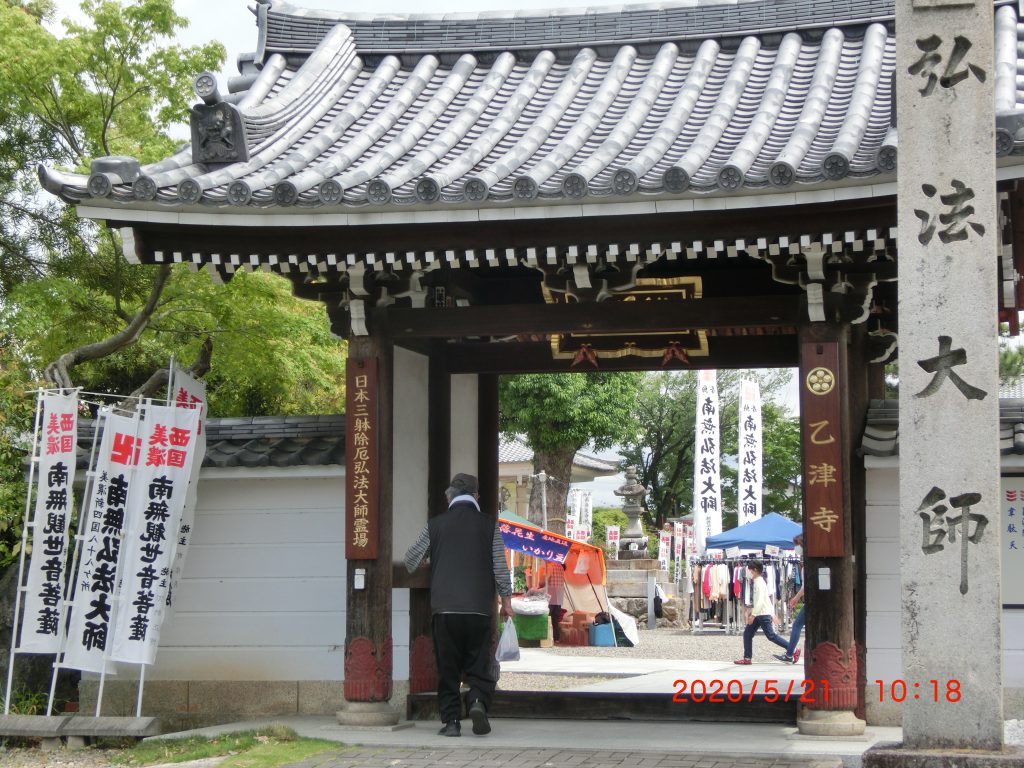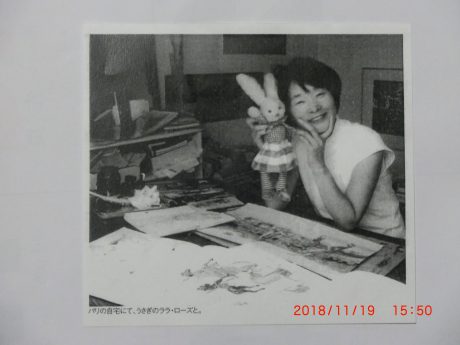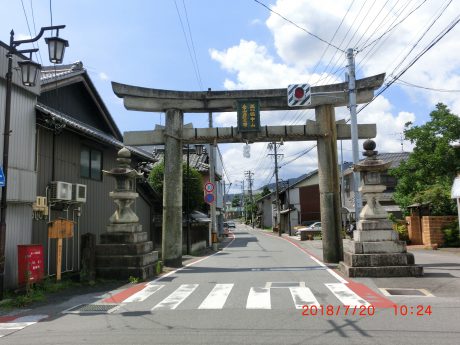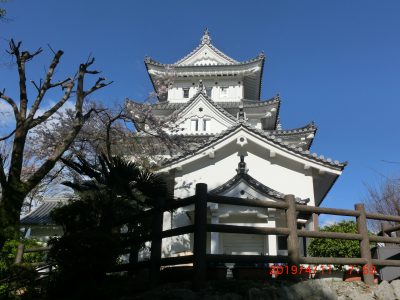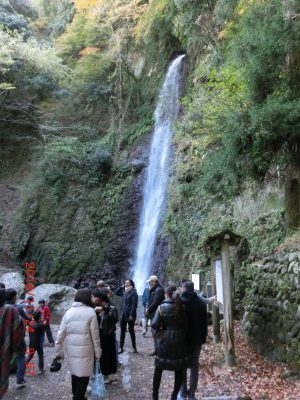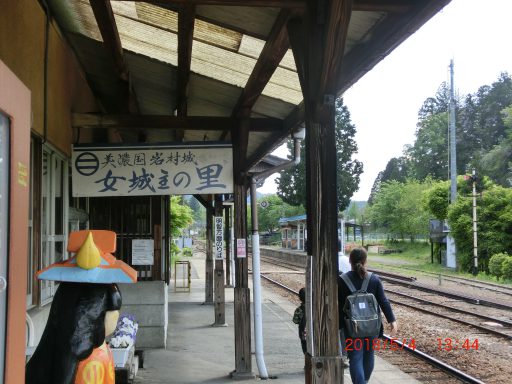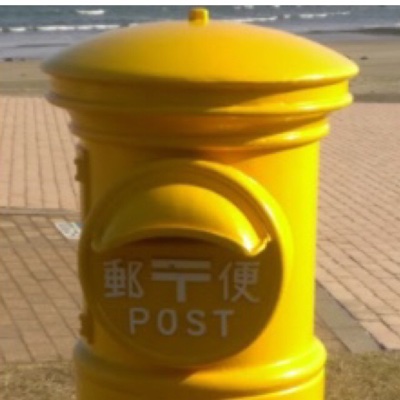
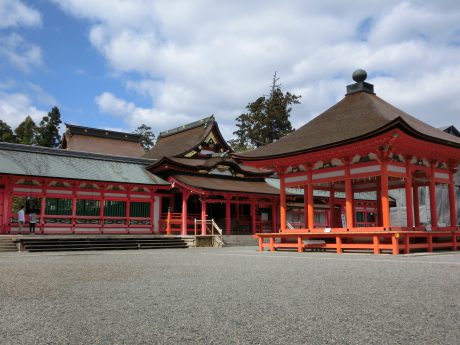
南宮大社
コンテンツ
KURITA’S PHOTO STORY③
(英語訳栗田)



Today I’ll talk about Tarui, 58th post town on the Nakasendō Highway from Edo.
Look at the first photo which shows Koinobori (Carp) Streamer Display along Aikawa River with full-bloomed cherry trees, rimmed with camellia flowers.
Next, look at the second photo which depicts three big festivals of Tarui, namely Osa Taiko (Drum) Dance Festival, Tarui Hikiyama (Float) Festival, and Nangū Taisha Mikoshi (portable shrine) Festival, rimmed with camellia flowers.
Why camellia flowers?
To answer the question, I will take you to Nangū Taisha (Grand Shrine of Nangū) and Asakurayama Shinzen-in Temple.
They are located at the foot of Mt. Nangū (left mountain in the third photo) and Mt. Asakura (right mountain).
南宮大社
Nangū-Taisha
南宮大社は岐阜県不破郡垂井町にある神社。
古くは仲山金山彦神社とよばれ金属の神様として信仰を集めました。
平安時代の頃から美濃国一の宮として、鎌倉以降も源氏、北条氏、土岐氏など時の有力武将の崇敬を受けてきたといわれる古社です。
The Grand Shrine of Nangū is located in Tarui, Fuwa, Gifu-prefecture.
In ancient time, it was called Nakayama Kanayamahiko Jinja (shrine) and its god was worshipped as the god of metal and mining.
Since Heian period as the first shrine of Mino province, and since Kamakura period as their guardian god, it has been adored by powerful military commanders such as Minamoto, Hōjō, or Toki families.

石鳥居
Stone Torii (archway)
中山道沿いに立つこの明神型石鳥居(高さ7.15m)は1642年に石屋権兵衛が造りました。
This archway stands along Nakasendō Highway.
Designed in curvilinear Myōjin-style and 7.15 meters in height, it was built by a stonemason called Gonbei in 1642.

大鳥居
Gigantic Red Torii
南宮大社への参道にある大鳥居(高さ21m)は夜間にはライトアップされ、東海道新幹線の岐阜羽島ー米原間の「車窓名物」 になっています。
Located on the approach to Nangū Taisha, this torii boasts 21 meters in height.
Lighted at night, it has become “a scenery seen from Shinkansen windows” between Gifu-Hashima Station and Maibara Station.

南宮大社略誌より
金山彦命を主祭神に、旧国幣大社で美濃国一の宮として、また全国の鉱山、金属業の総本山として、今も深い崇敬を集めています。
現在の建物は、慶長五年(1600年)の関ヶ原合戦の兵火によって消失したものを、寛永十九年(1642年)、春日の局の願いにより三代将軍徳川家光公が再建したものであります。
広い境内には本殿・拝殿・楼門など、朱塗りの華麗な姿を並べ、江戸時代の神社建築の代表的な遺構十八棟が、国の重要文化財に指定されています。
年間を通じ大小五〇余の祭典が斎行され、五月五日の例大祭、十一月八日の金山祭(ふいご祭)など特殊な神事があります。


楼門
Two-storied Gate

今年11月2日~4日にかけて51年目ごとの式年遷宮祭が行われます。
Religious rituals for rebuilding the shrine every 51 years will be performed from 2nd to 4th of Novemver this year.


Sheets of waterproofed canvas cover the hall of worship because painting repair is being done for the rituals in autumn.



奉納された刃物の絵馬
Votive wooden tablets with cutting tools.

聖武天皇大仏建立勅願所
Emperor Shōmu’s praying site for erecting the Great Buddha in Nara
740年聖武天皇が美濃国に御幸されここ不破の地の宮処寺と曳常泉を訪問されました。「続日本紀」
In 740 AD, during his visit to Mino province, Emperor Shōmu came here in Fuwa to Gūsho-ji and Hikitsuneno-izumi.

三重塔旧趾
The place where three-storied pagoda once stood.

椿をデザインした側溝蓋
Lid of a gutter depicting camellia flowers.
南宮大社のご神木が白玉椿であるため神社には椿が多く(全山で3万本程)、垂井町の「町の花」にも椿が指定されています。
The object (tree) of worship enshrined here is a white-flowered camellia. Therefore there are thousands of camellias in the whole area of the shrine. (about 30 thousand).
The flower is also designated as ” Flower of Tarui”.

南宮稲荷神社のまわりは奉納者の銘が入った椿の木でいっぱいです。
Nangū Inari Shrine is surrounded by hundreds of dedicated camellia trees with the dedicator’s name written on the stone plate at the foot of them.

御神木

御神木に咲いた白玉椿

御朱印

弓道場で行われていた高校生の弓道の大会
High-school students’ athletic meeting of Kyū-dō (Japanese archery).
弓道場は岐阜国体の時に出来ました。
This range was built in 1969 at the time of National Athletic Meet in Gifu.
朝倉山真禅院
Asakura-yama Shinzen-in Temple
南宮大社は神仏習合時代に大社の中に行基が創建したと伝えられる神宮寺というお寺がありました。
南宮大社と同様に関ヶ原の戦いの兵火により炎上、家光により再建されました。
明治維新に神仏分離令が出された時、そのお寺の仏像や塔などが取り壊されるのを防ぐために、朝倉山へ移したのが真禅院です。境内には国指定重要文化財の梵鐘・本地堂・三重塔があります。「ふるさと宮代ものがたり」
In the period of the syncretic fusion of Shintoism and Buddhism, in the precincts of Nangū Taisha, there was a temple called Jingū-ji which was said to have been founded by an outstanding priest named Gyōgi (668-749).
The temple, together with Nangū Taisha, was burnt down during the Battle of Sekigahara, but they were rebuilt by Tokugawa Iemitsu.
When the Edict for Separation of Shintō and Buddhism was issued at the Meiji Restoration, Buddhist statues and a pagoda were moved to the temple called Shinzen-in which was located at the foot of Mt.Asakura.

Stone steps leadeing to the gate.

梵鐘 県下最古(奈良時代作)
Temple Bell
Made in Nara Period, the oldest in Gifu prefecture.

本地堂 1642年再建 現在平成の大修理中です。
Honji-dō rebuilt in 1642
It is now under Heisei Major Repairs.

三重塔 1643年再建
Three-storied Pagada, rebuilt in 1643

タルイピアセンターで開催されている企画展「真禅院本地堂の秘宝」(平成30年7月21日~9月23日)
An exhibition titled “Hidden Treasures of Shinzen-in’s Honji-dō” is now being held at Tarui-pia Center (July 21 – September 23).
普段、本地堂内に安置されている仏像などの文化財を一同に展示するほか、平成27年度から行われてきた本地堂の保存修理事業についても同時に紹介されています。
In addition to display of the whole cultural assets such as Buddhist statues enshrined in Honji-dō, the project to repair and preserve Honji-dō, done from 27th year of Heisei, is being introduced at the same time.
南宮山ハイキングコース
Mt.Nangū Hiking Course
関ヶ原合戦において毛利秀元の陣所になった標高404mの展望台まで登る全長3800mのコース。
It leads to the spot with a panoramic view (404meters above sea level), which was Mōri Hidemoto’s base camp site at the time of the Battle of Sekigahara. Total distance : 3800 meters.

入口


一ツ松の旧跡


土塁 (敵の侵入を防ぐために盛土をしたもの)
Earthwork (To prevent enemies from invasion)

土橋 (堀を渡るために造られた土の橋)
Earthen bridge (To cross a moat or ditch)

虎口 (曲輪への出入り口を虎口という。敵兵が直線的に突入するのを防ぎ、横から弓や鉄砲で射撃しました。)
Koguchi (entrance to or exit from an enclosure) to prevent enemies from invading straightforward and also to shoot arrows or firearms sideward.

関ヶ原の戦い 毛利秀元陣趾碑
Battle of Sekigahara, Mōri Hidemoto’s Base Camp Site


陣からの眺望
“Many thanks to Mr. Hayase, Mr. Harada and Mr. Kobayashi!”
養老の滝編へ

